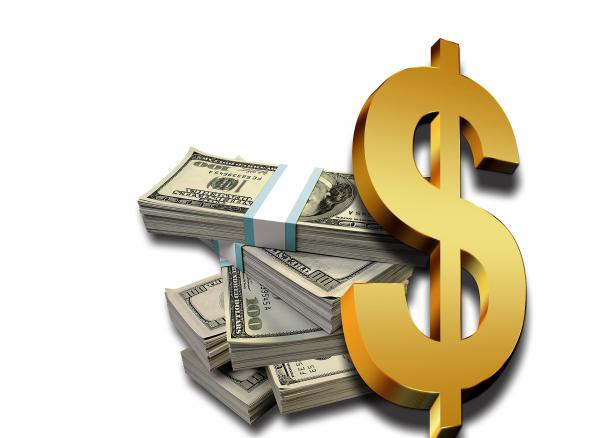Nature Reviews: Drug Discovery just published the top ten drugs by sales globally in 2018 as well as the top ten companies by sales of prescription and over-the-counter drugs. This article will focus on the former. That therapeutics in the cancer category dominate the list is not so surprising given the hefty price tag they yield. Where there is great return, there tends to be great investment.
Top 10 list summarized here from original piece:
1. Humira (adalimumab) Rx: autoimmune disorders
- Tops the list again, likely to remain so given patent expiration anticipated in 2023 and many maneuvers at play to quell biosimilar competition. Sales just under US $20 billion.
2. Revlimid (lenalidomide) Rx: blood cancers (e.g. multiple myeloma, myelodysplastic syndromes)
- Same position on list as 2017. Sales of $9.6 billion.
3. Keytruda (pembrolizumab) Rx: lung cancer and other tumor types
- Jumped into top 10 list this year.
4. Herceptin (trastuzumab) Rx: cancer (e.g. breast, stomach)
- **Question of how long #4, #5 & #6 will remain on list given there are already approved U.S. biosimilars.
5. Avastin (bevacizumab) Rx: cancer (e.g. metastatic colorectal cancers, metastatic breast cancer, glioblastoma brain cancer)
6. Rituxan (rituximab) Rx: cancers and autoimmune disorders (e.g. certain lymphomas, rheumatoid arthritis)
7. Opdivo (nivolumab) Rx: advanced stage cancers (e.g. metastatic non-small cell lung cancer, metastatic melanoma)
8. Eliquis (apixaban) Rx: blood thinner, helps reduce risk of blood clots, prevents stroke in those with atrial fibrillation
- Sales $6.4 billion.
9. Prevnar 13 (pneumococcal vaccine) Rx: vaccine to protect against 13 types of pneumococcal bacteria that cause most significant forms of infection
10. Stelara (ustekinumab) Rx: moderate to severe psoriasis and Crohn’s disease
-
Sales $5.7 billion.
Here is the graphic from the piece that allows for 2017 comparisons:

To appreciate 2016 medicine use and spending in the United States, specifically, with projections through to 2021, read this article.
What can we learn from this news?
There is great reward in cancer therapies.
In January, a favorable study was published by the American Cancer Society in CA: A Cancer Journal for Clinicians. It reported some wonderful news, including but not limited to: 1) there are about 2.6 million fewer cancer deaths total over the 25-year period it studied than there would have been had things remained at 1991 peak rates, 2) the steady decline over this interval reflects an overall 27% drop, 3) lung, breast, prostate and colorectal cancers all went down which is mainly attributable to earlier detection, more advanced therapies as well as dips in smoking - also, most cancers show improved survival, and 4) racial death rate disparities are narrowing.
But, it also demonstrated a concerning widening socioeconomic gap. And, given 1,762,450 new cancer cases and 606,880 cancer deaths are expected in the U.S. this year, becoming complacent is not an option. While many amazing strides are underway, there are still types of cancer that are aggressive and elude current therapies, so dedicated attention is necessary with considerable efforts for progress to advance. To learn more about cancer’s shifting paradigm, review here.
When it comes to the drug development arena, in general, understanding more about patent gaming, pay-for-delay agreements and how biosimilars are changing the game will help you appreciate the static and dynamic nature of this list. Start by reviewing these articles to get a more comprehensive picture:




